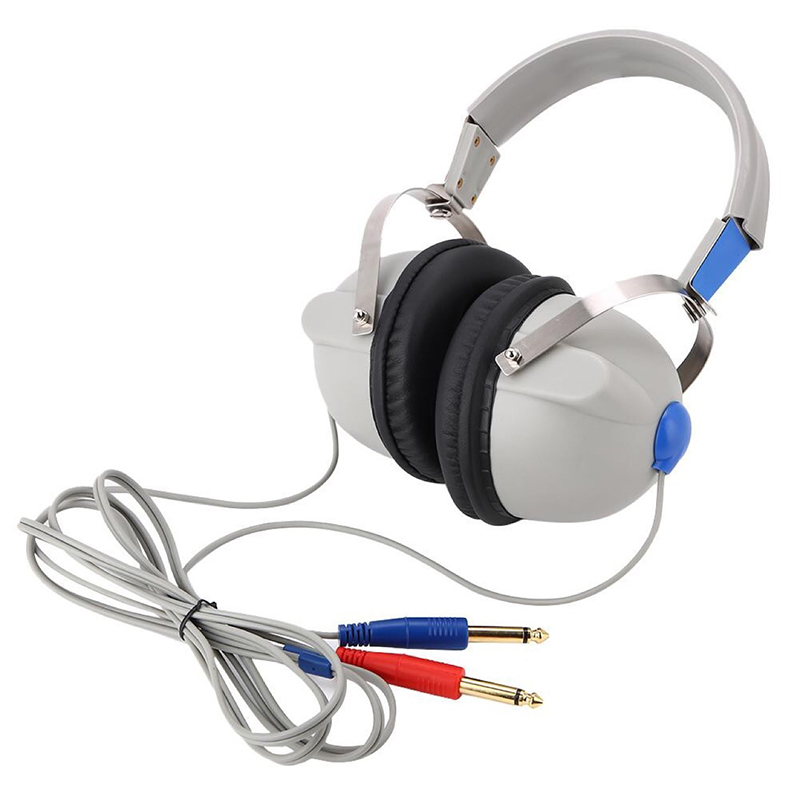Audiometer daily inspection tips1
After booting up, it is recommended to first listen to the audiometer whether it is in normal working condition, whether the sound is distorted, distorted, intermittent, whether there are other noises or “clicks”. Check whether the output of the transducer and bone oscillator used is changed by the adjustment of the attenuator and the frequency regulator. For example, when the frequency regulator is adjusted to 8000 Hz, can our human ear hear high frequency sounds? Conversely, when we turn down to 250Hz, can we hear obvious frequency changes and so on.

TDH39 Air conduction headphone for audiometer
At the same time, it is necessary to check whether various test signal sources output corresponding signals as required, such as pure tone, masking noise, speech signal, and the like. Carefully check the audiometer's test button to see if the indicator and indicator are displayed properly. Try to see if the subject's feedback signal system is normal.
Finally, it's best to choose a few basic frequencies for a quick biometric calibration. Select a test frequency, give a 20dBHL sound signal, listen to it yourself, can you hear the lowest test sound, the so-called "just hear" minimum sound. Record the hearing level that can be heard, and the difference should not exceed 10 dBHL when compared to the hearing threshold of the same frequency known to you. In this way, quickly check the two headphones and the bone vibrator. At the same time, listen to whether there is a voice or other AC sound.
All of the above inspections should have a complete current day record and should include various measurement results and data on calibration deviations. Once the error is found to be large, or there is a significant failure, the manufacturer should be contacted immediately, and more in-depth calibration and necessary maintenance should be carried out in time to suspend clinical audiometry.
End
